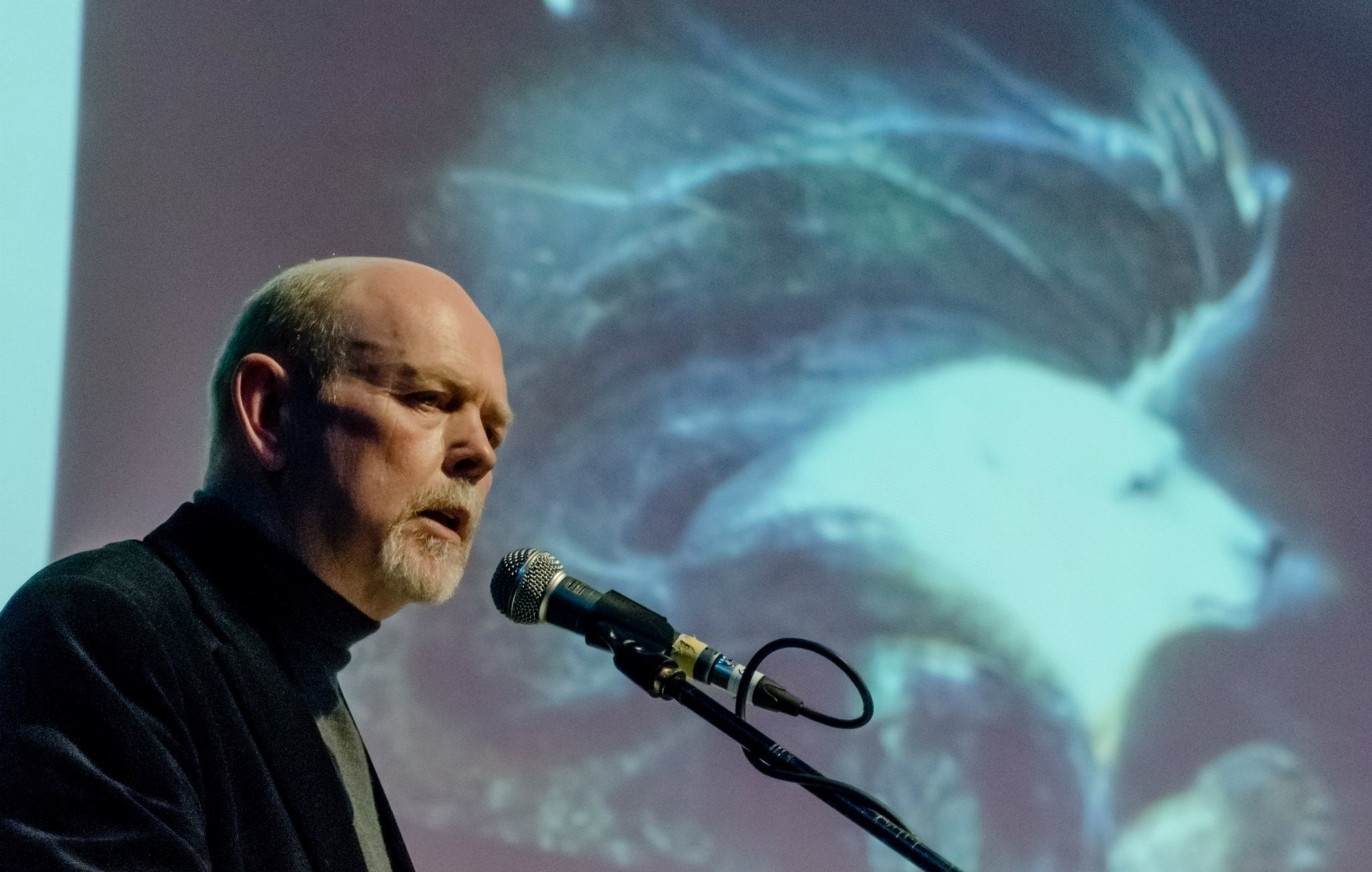We love the work of Martin Duffy, a shamanic teacher and practitioner based in Dunderry Park, Navan, Co. Meath. We were delighted to speak with him for our Autumn 2019 issue, on Transpersonal Psychology, plant medicine, Wetiko and more. This is a longer version of his conversation with Paul than the one that was published in the magazine. Enjoy!
Journeying to Wholeness
We interview shamanic healer Martin Duffy
Interviewer: Paul Congdon
Can you tell us a bit about your background and what type of work you’re exploring right now?
I came from a family of traditional folk healers, and I was brought up with that whole idea of mythology and the other world, the fairies, that magical, enchanted, sense of nature. I went on to train as a psychiatric nurse, but I didn’t like the bio-medical model: reducing people to symptoms and diagnosis. So I trained in humanistic psychotherapy, then synchronistically discovered Carl Jung and the study of astrology. I was blown away by Stan Grof’s work, and I trained with him in Holotropic Breathwork. I also trained in shamanism with Mongolian shamans, went to South America and South Africa, and that led me to what I’m doing now, which is running Dunderry Park, training others in shamanism and Transpersonal Psychology. What really excites me is helping others to journey into their inner realms, whether it be through shamanic journeying, breathwork, or sweat lodge.
I wanted to ask you about the role of shamanism in all of this. For people who don’t understand shamanism: what is it?
In indigenous cultures, a shaman was addressed as such by the community because of who they were. They were generally a very sensitive person, who had a sense of the other world from an early age, could communicate with non-ordinary reality, and had a deep sense of connection to nature. It amuses me when people think you can go off to a weekend workshop and become a shaman. In indigenous cultures, it’s the last thing these people ever wanted. It’s the journey of the wounded healer: you’ve got to go into the depths of the shadows, into the underworld, and confront the very things within yourself that you don’t want to look at. Heal it – or work on healing it – and only then can you come out of that place and help and guide others. You, as the practitioner, don’t do the healing for other people. You facilitate the inner healer within the person.
Can people become re-traumatised by this work?
You have to be careful. I would always suggest to people that they do a certain amount of individual counselling, then move into a practice like mindfulness meditation. After that, you can move into more cathartic work like shamanic journeying or Holotropic Breathwork.
You’re saying, approach it with the right preparation?
Yes, then at the very least you will have some experience of non-ordinary states of awareness: some sense of what it is to meditate, or journey, or do breathwork. If you have done some reading on it, you have a map for the territory. The best maps I know are Stan Grof’s maps, because he’s been doing this for sixty to seventy years. There’s also been a revival of ancient medicines: cannabis, for example. Cannabis was demonised in the 1930s because De-Pont created plastics and hemp was in competition with them. Now cannabis is coming back as a medicine for all sorts of physical ailments. CBD oil is in our health stores, for example. But cannabis is also a shamanic spirit plant medicine which has been on the planet for nine or ten million years. This plant, and other healing plants, have seen the earth evolve through many different millennia and many different disasters. Their wisdom is encoded within the genetic coding of the plant. So when we ingest the medicine, it then works through our bio-circuitry.
There was one other thing you wanted to mention: an idea that the Native Americans call Wetiko.
Wetiko is the idea that part of the problem that we are experiencing in our individual personal lives and on a collective level, is what Paul Levy calls egofrenia (in his book, Dispelling Wetiko). He sees it as a psychic virus that creates a dynamic of greed, narcissism and sociopathy within the individual, that then becomes amplified in society. When I was in the Amazon with the Indians down there, they said, they thought we were mad. They said ‘you are the people with the thin lips, we look at you and you are always hungry for something. Your eyes are always darting around, you’re never satisfied with anything.’ But here’s the interesting point: Levy says, embedded within this phenomenon is our salvation. Our pain often forces us into addressing our woundedness, therefore pushing us into a higher state of consciousness. I just wanted to mention Wetiko, because when I came across the concept, the lights went on. I said, ‘wow, that explains a lot of things in terms of what’s going on, on a global scale.’ Because I just couldn’t make out why, as a species, we’re chopping down rainforests or polluting our waters. Levy says that it’s a sickness: it spread from the Anglo-Saxons, he says, right through to other groups. We infected the indigenous people when we went to the new world – not only bringing physical diseases like small pox, but also bringing this psychic virus. So in order to tackle this rampant consumerism, the drive towards materialism, we need to reconnect with nature: our own nature and the natural world.


